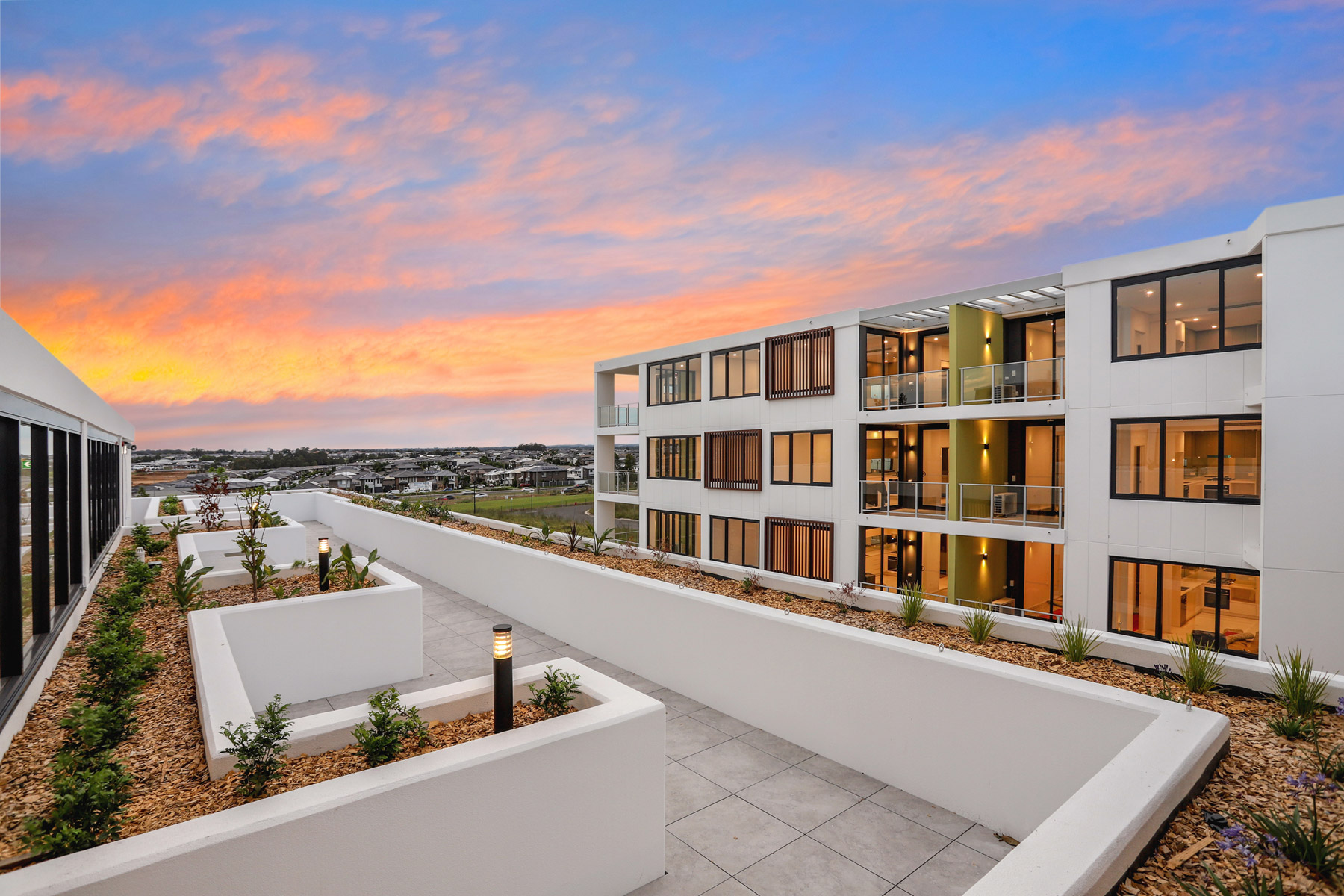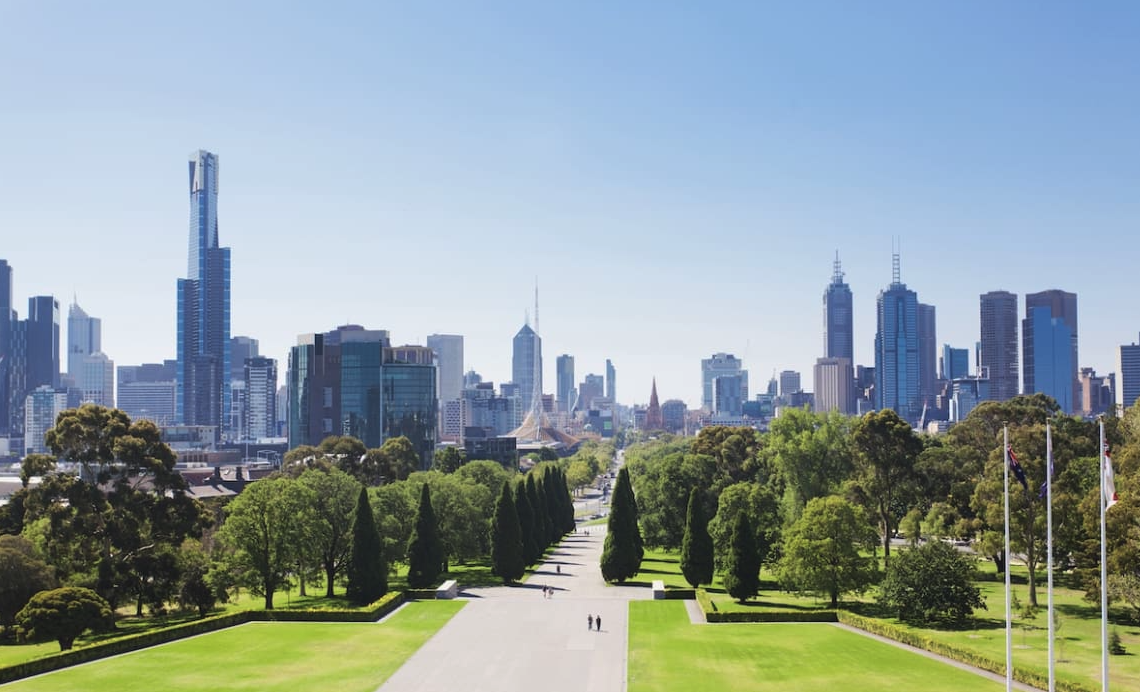Where CEOs Find Time for Triathlon Training and Motorcycle Racing
Leaders with epic hobbies seem to squeeze more hours out of the day than the rest of us
Many of us can barely keep up with our jobs, never mind hobbies. Yet some top executives run marathons, wineries or music-recording studios on the side. How can they have bigger responsibilities and more fun than we do?
It can seem like ultrahigh achievers find extra hours in the day. They say they’ve just figured out how to manage their 24 better than the rest of us.
They also admit they take full advantage of the privileges of being a boss—the power to delegate and the means to do things like jetting to Denmark for a long weekend of windsurfing.
Dan Streetman trains as many as 20 hours a week for Ironman triathlons in addition to his job as CEO of cybersecurity firm Tanium. It’s a big commitment for anyone, never mind a corporate leader who travels to meet with customers every week. He pulls it off by sleeping fewer than seven hours a night and waking around 5 a.m., planning his exercise sessions months in advance, and switching his brain from work mode to sport mode almost as fast as he transitions from swimming to cycling during a competition.
“I tend to work right up until the day of the race,” says Streetman, 56 years old. “I remember being on a board call on a Friday night, and Saturday morning was an Ironman. That’s just part of it.”
Ahead of business trips, he maps running routes in unfamiliar cities and scouts nearby pools, often at YMCAs. He rides stationary bikes in hotel gyms and, if they’re subpar, makes a note to book somewhere else next time he’s in town.
Leaders who eat, breathe and sleep business can appear out of touch at a time when employees crave work-life balance and expect their bosses to model it. Today’s prototypical CEO has a full life outside of work, or at least the appearance of one.
Their tactics include waking up early, multitasking and scheduling fun as if it were any other appointment. When you’re a top executive, hobbies tend to disappear unless they’re on the calendar. One CEO told me he disguises “me time” as important meetings. Only his assistant knows which calendar blocks are fake.
Ben Betts calls himself a “spreadsheet guy,” which is a bit like saying Michelangelo was a paint guy. With Excel as his canvas, Betts creates cell-by-cell checklists for just about everything he does, from cooking Christmas dinner to building a coop for newly hatched ducklings.
Betts, 41, is CEO of Learning Pool, a professional-development software maker. The duck home is part of his ambitious effort to restore an 18th-century farmhouse in England. He’s been renovating for about five years and aims to finish this fall.
On a recent Saturday, Betts’s spreadsheet called for stripping overhead beams by 5 p.m. so he could refinish them. Otherwise, the task would have to wait until the following weekend, throwing off his whole timeline. His vision of the home as a cozy enclave—completed in time for the holidays—can only come true if he sticks to a precise plan.
“Sometimes I stand in the doorway, and my wife probably wonders what I’m staring at,” he says. “I’m picturing us on a corner sofa with our two kids and the dog, watching a film in front of the fireplace I installed.”
Back in the swing
John Sicard , president and CEO of supply-chain manager Kinaxis , got back into drumming many years after he let go of his dream to become a professional musician. He practices almost every day, but his sessions sometimes last only 20 minutes. He rehearses with bandmates two or three times a month. That’s enough to prepare Sicard, 61, to play Foo Fighters and Led Zeppelin covers at occasional charity gigs.
He also built a studio in his house, where he records up-and-coming artists. He finds time by sticking to this management philosophy: “The most successful CEOs do the least amount of work.”
For Sicard, that means letting his lieutenants take charge of—and responsibility for—their divisions. Many corporate leaders work harder than they need to because they micromanage or hire poorly and pick up the slack, he says.
Thomas Hansen , president of software maker Amplitude, is back to windsurfing, a sport he competed in as a teenager. He lives near the ocean in California but gets out on the water only about once a month, when the waves are just right. Hobbies don’t need to be daily activities to be fulfilling, he says, especially if they require training regimens.
To stay in shape for windsurfing, he rises at 4:30 a.m., seven days a week, for an hour of exercise. Hansen, 54, also guards his Saturdays and Sundays like the crown jewels of Denmark, his native country, limiting himself to two working weekends a year. Things that feel urgent can almost always wait till Monday, he contends.
‘Like a badass’
When Christine Yen isn’t calling the shots at work, she’s circling a racetrack at 80 mph on her Honda CB300F motorcycle. The co-founder and CEO of Honeycomb, which helps engineers diagnose problems in their software, took up racing a few years ago.
Prepandemic, her motorcycle was strictly for commuting in San Francisco—and making an impression. She loved pulling up to investor meetings in her hornet-yellow helmet and leather riding suit.
“It fits me like a glove, and it makes me feel like a badass,” says Yen, 36.
The keys to spending full days at the track are planning and being willing to work at odd hours, Yen discovered. Her favorite track publishes racing schedules in 10-week batches. As soon as a slate is released, she circles the dates when she expects her workload will be lightest, aiming to participate in roughly half of the events.
“I have also been known to bring my laptop to the motel and get some work done in the evenings,” she says. “It sounds boring to say hobbies can be scheduled, but that’s how I protect my time.”
 Copyright 2020, Dow Jones & Company, Inc. All Rights Reserved Worldwide. LEARN MORE
Copyright 2020, Dow Jones & Company, Inc. All Rights Reserved Worldwide. LEARN MORE
A divide has opened in the tech job market between those with artificial-intelligence skills and everyone else.
A 30-metre masterpiece unveiled in Monaco brings Lamborghini’s supercar drama to the high seas, powered by 7,600 horsepower and unmistakable Italian design.
A 30-metre masterpiece unveiled in Monaco brings Lamborghini’s supercar drama to the high seas, powered by 7,600 horsepower and unmistakable Italian design.
When Lamborghini takes to the water, subtlety isn’t on the agenda. Unveiled at the Monaco Yacht Show, the Tecnomar for Lamborghini 101FT is a 30-metre superyacht that fuses Italian automotive theatre with cutting-edge naval engineering.
The model builds on the collaboration that began in 2020 with the Tecnomar for Lamborghini 63, a sell-out success that celebrated the marque’s founding year.
This new flagship pushes the partnership between Automobili Lamborghini and The Italian Sea Group to a grander scale, designed to deliver the same adrenaline rush at sea that drivers expect behind the wheel.
“The Tecnomar for Lamborghini 101FT redefines the concept of nautical luxury,” said Stephan Winkelmann, Chairman and CEO of Automobili Lamborghini.
“It is not only a yacht, but an affirmation of Italian excellence. The Italian Sea Group and Automobili Lamborghini share an exclusive clientele who are passionate about beauty, technology, and extreme performance.”
Design cues are unmistakably Lamborghini. The yacht’s sharp exterior lines echo the Fenomeno supercar revealed at Monterey Car Week, complete with Giallo Crius launch livery and signature Y-shaped lighting.
Inside, the cockpit and lounges mirror the DNA of Sant’Agata supercars through hexagonal motifs, sculptural seating and dramatic contrasts. With accommodation for up to nine guests and three crew cabins, indulgence meets practicality on every deck.
Performance is equally uncompromising. Three MTU 16V 2000 M96L engines and triple surface propellers generate a combined 7,600 horsepower, driving the yacht to 45 knots at full throttle, with a cruising speed of 35 knots. Two 35 kW generators provide additional efficiency and reliability, ensuring the yacht’s power matches its presence.
Mitja Borkert, Lamborghini’s Design Director, said: “With the Tecnomar for Lamborghini 101FT, we aimed to create a product that embodies the main design characteristics of our super sports cars. All the details, from the exterior to the colour, to the interior areas, recall and are inspired by Lamborghini’s DNA.”
Presented in scale at Monaco, the definitive Tecnomar for Lamborghini 101FT is scheduled to hit the water at the end of 2027. For those who demand their indulgence measured not only in metres but in knots, this is Lamborghini’s most extravagant expression yet.
From Italy’s $93,000-a-night villas to a $20,000 Bowral château, a new global ranking showcases the priciest Airbnbs available in 2026.
From mud baths to herbal massages, Fiji’s heat rituals turned one winter escape into a soul-deep reset.





























